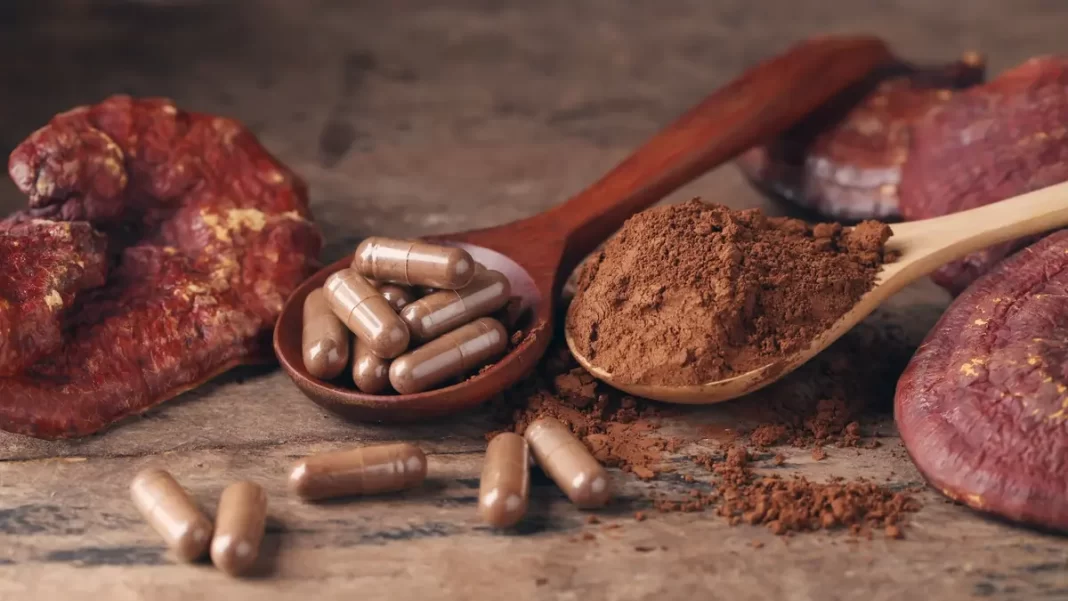The medicinal mushroom market is booming. Three of the most popular mushrooms have remarkable therapeutic potential to improve health.
Medicinal mushrooms have captured the attention of researchers, health enthusiasts, and medical practitioners because of their taste and remarkable therapeutic potential.
As consumer demand grows, so do the variety of products incorporating medicinal mushrooms. You can now find teas, coffee replacements, supplements, and other food products featuring three of the most popular medicinal mushrooms: cordyceps, reishi, and lion’s mane.
Each mushroom has a unique list of bioactive compounds, many with anti-inflammatory, anti-cancer, antioxidant, immunomodulatory properties, and other potential health benefits.
When choosing a mushroom-based product as a supplement for a specific health benefit—whether to relieve stress, boost immunity, or improve energy—it’s important to consider what part of the mushroom to use, its bioactive compounds, and their therapeutic properties.
Therapeutic Properties
Mushrooms are a part of the fungal kingdom, which includes simple single-celled yeasts, complex fruiting bodies, and mold—all of which play crucial roles in our ecosystem. Fungi are a source of several major drugs, including antibiotics and statins.
A mushroom has several parts, including the fruiting body, mycelium, and spores—each with different properties.
The fruiting body is the top of the mushroom, or what most people call the mushroom cap, and is typically above ground.
Mushroom mycelium is the underground colony of branching structures similar to a plant’s roots. It consists of microscopic formations called hyphae that absorb nutrients from the soil and transport them to other parts of the mushroom. Mycelium enables the mushrooms to connect, send, and receive nutrients from one another to enhance environmental survival. Some fungi species have extensive mycelium, such as the Armillaria species, which has hyphae that can cover more than 1,000 acres in the right conditions.
The spores are the equivalent of seeds and are the mushroom’s reproductive organs. A single mushroom can generate microscopic spores in the billions. These initiate the mushroom life cycle.
The therapeutic properties vary for different mushroom parts, so checking whether the fruiting body, mycelium, or both are listed on the label is important.







